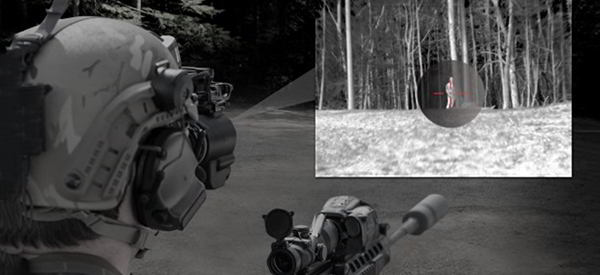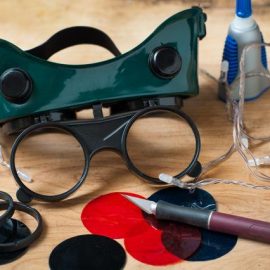
Thermal imaging cameras measure infrared radiation, which is emitted by all objects based on their temperature. The cameras convert the radiant energy into an electrical signal, which is then processed to produce a thermal image or video.
The hotter an object is, the more infrared radiation it emits. Therefore, thermal imaging can be used to detect hot spots or leaks in buildings, identify individuals in a crowd, or track animals in the wild.
How can you tell if someone is using infrared thermal imaging to spy on you?
There are a few telltale signs that someone may be using infrared thermal imaging to spy on you:
-A strange, bright light coming from a direction where there shouldn’t be any light sources.
-A person pointing a camera or other device in your direction, especially if they are trying to hide it.
-A heat signature appearing on an infrared camera screen that matches your location.
If you suspect that you are being spied on with thermal imaging, there are a few things you can do to block the camera’s view.
What are some methods for blocking infrared thermal imaging?
There are a few different methods that can be used to block infrared thermal imaging:
-Covering up the area you don’t want to be seen with a material that absorbs infrared radiation, such as aluminum foil.
-Using a “mirror” made of a material that reflects infrared radiation, such as a piece of glass or metal.
-Aiming a powerful infrared light source at the camera to overwhelm its sensor.
Which method is the most effective at blocking infrared thermal imaging?
The most effective method for blocking infrared thermal imaging will vary depending on the situation. If you are trying to block the view of a single camera, then covering up the area with a material that absorbs infrared radiation is likely to be the most effective approach.
If there are multiple cameras or if the camera is moving, then using a mirror or infrared light source may be more effective.
Is it possible to completely block infrared thermal imaging?
No, it is not possible to completely block infrared thermal imaging. However, there are a variety of methods that can be used to reduce the camera’s ability to see an object or person. Try different methods and see which one works best in your particular situation.
What are the risks associated with trying to block infrared thermal imaging?
There are a few risks associated with trying to block infrared thermal imaging:
-You may attract attention if you are using a material that is not normally found in the area you are trying to protect. For example, covering a window with aluminum foil will likely cause someone to notice.
-If you are using an infrared light source, it is possible to damage the camera’s sensor if the light is too bright or focused.
-Blocking infrared thermal imaging may not be completely effective, leaving you vulnerable to being seen by the camera.


